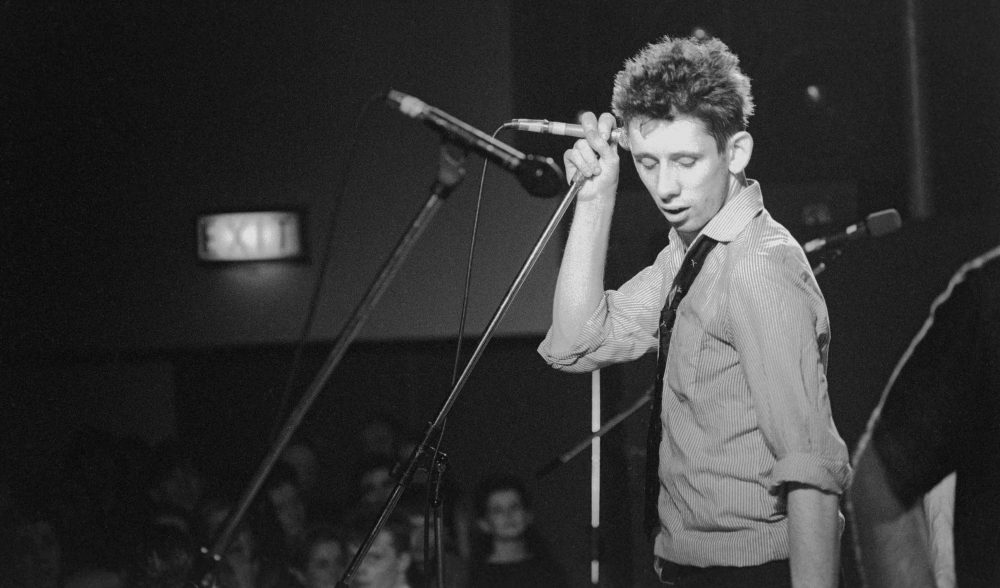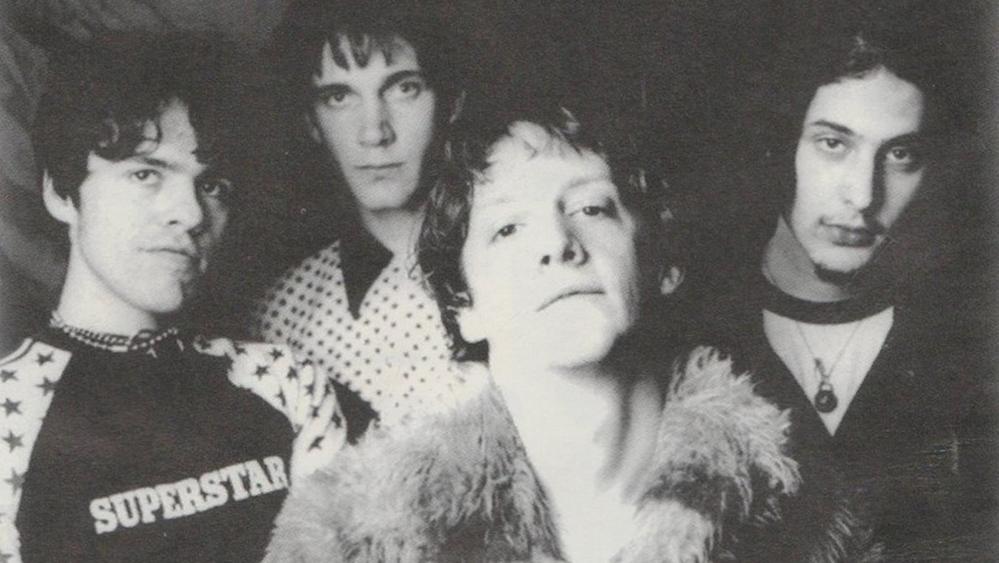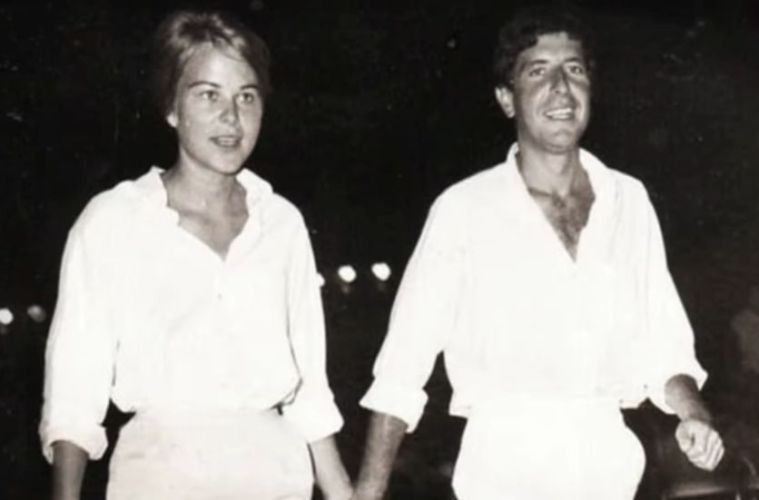Pink Floyd at Pompeii
by Hope Madden and George Wolf
The gorgeous new restoration of 1972’s Pink Floyd at Pompeii delivers a beautifully discordant glimpse of a transitional period for one of music’s most important rock bands. Gorgeously restored image and sound immerse you in Floyd’s music.
Adrian Maben’s doc focuses primarily on Floyd’s 1971 trip to Italy, with performances recorded live in the ruins of the Pompeii Amphitheatre to an audience of only crew . The setlist (including selections recorded later in Paris) consists of some of Floyd’s more loosely constructed symphonic jams—Careful with that Axe Eugene, Echoes, Set the Controls for the Heart of the Sun, One of These Days—which frees Maben visually from the need to capture a singer. Rather, he lets Floyd’s trippier melodic concoctions provide a soundscape for various images. Sometimes eerily beautiful landscapes and vistas populate the screen, while elsewhere the filmmaker turns the camera to period artwork.
Maben punctuates the live cuts with bits of interviews and fly-on-the-wall footage as the band shares a meal. David Gilmour seems forever in need of a glass of milk, while drummer Nick Mason’s request for apple pie goes unanswered. These brief snippets, though borderline Spinal Tap, balance the live performance’s grandiosity with a sweet bit of banality.
Yes, both Gilmour and Roger Waters get their screen time, but late keyboardist Richard Wright also finds his time in the spotlight while Mason often draws most of Maben’s interest. His manic drumming and respectful requests for “no crust” are a delight, and the interplay between all the band members is a bittersweet counter to the rancor that erupted in years to come.
Wisely, the restoration includes material that had made its way into an earlier director’s cut. We spend time in Abby Road studios with the band as they work through tracks for their as-yet-unreleased masterwork Dark Side of the Moon album.
It’s the perfect balance. The live, undiluted imagination and experimentation that marked Pink Floyd’s early career gives way to the masterful, controlled artistry of the album that would redefine the band (and music history).
Even for Floyd fans who have seen much of this before, the new restoration – especially the IMAX version hitting select theaters – is a must. It not only gives some classic early jams due respect, it provides a fascinating glimpse at the days just before a legendary rock band stepped into its future.









